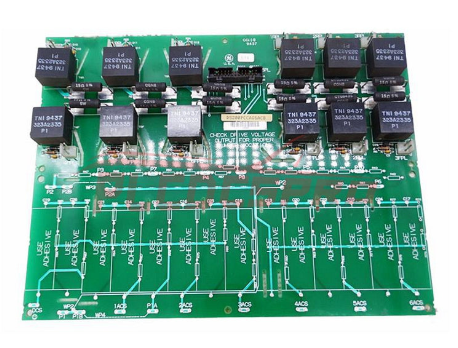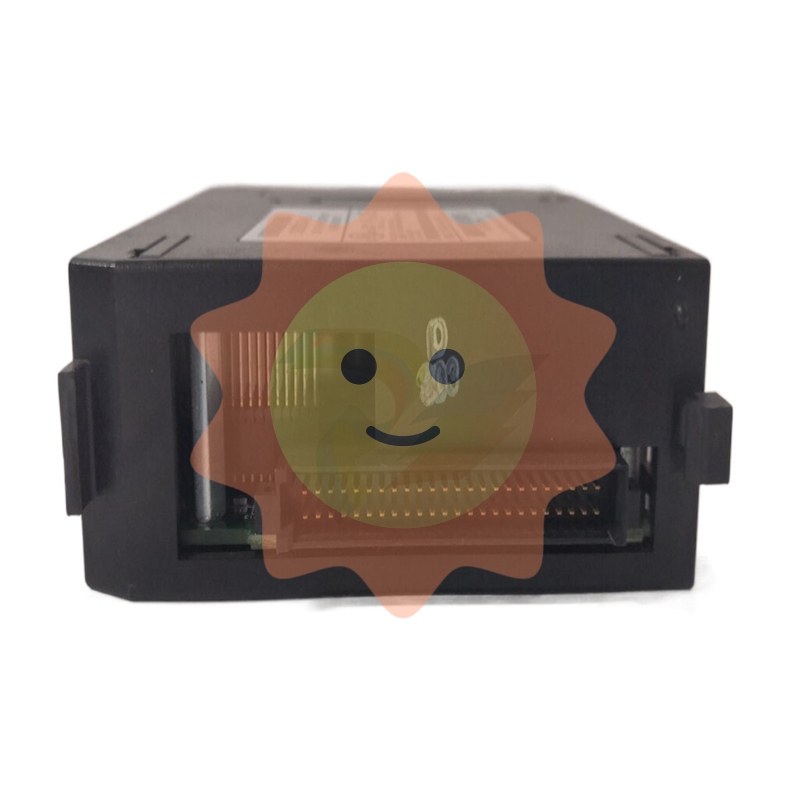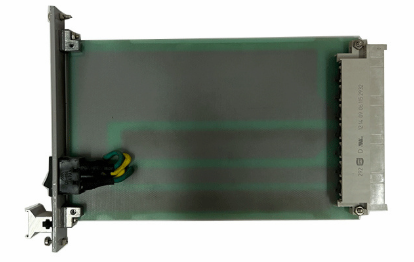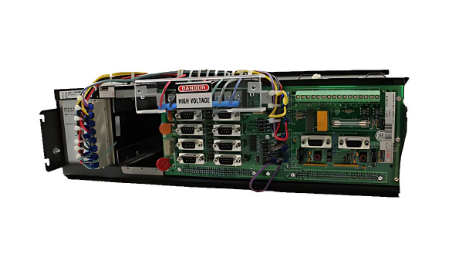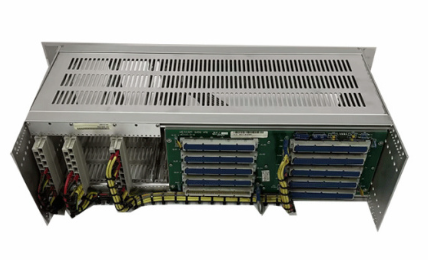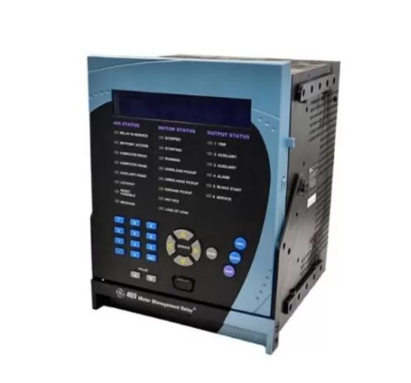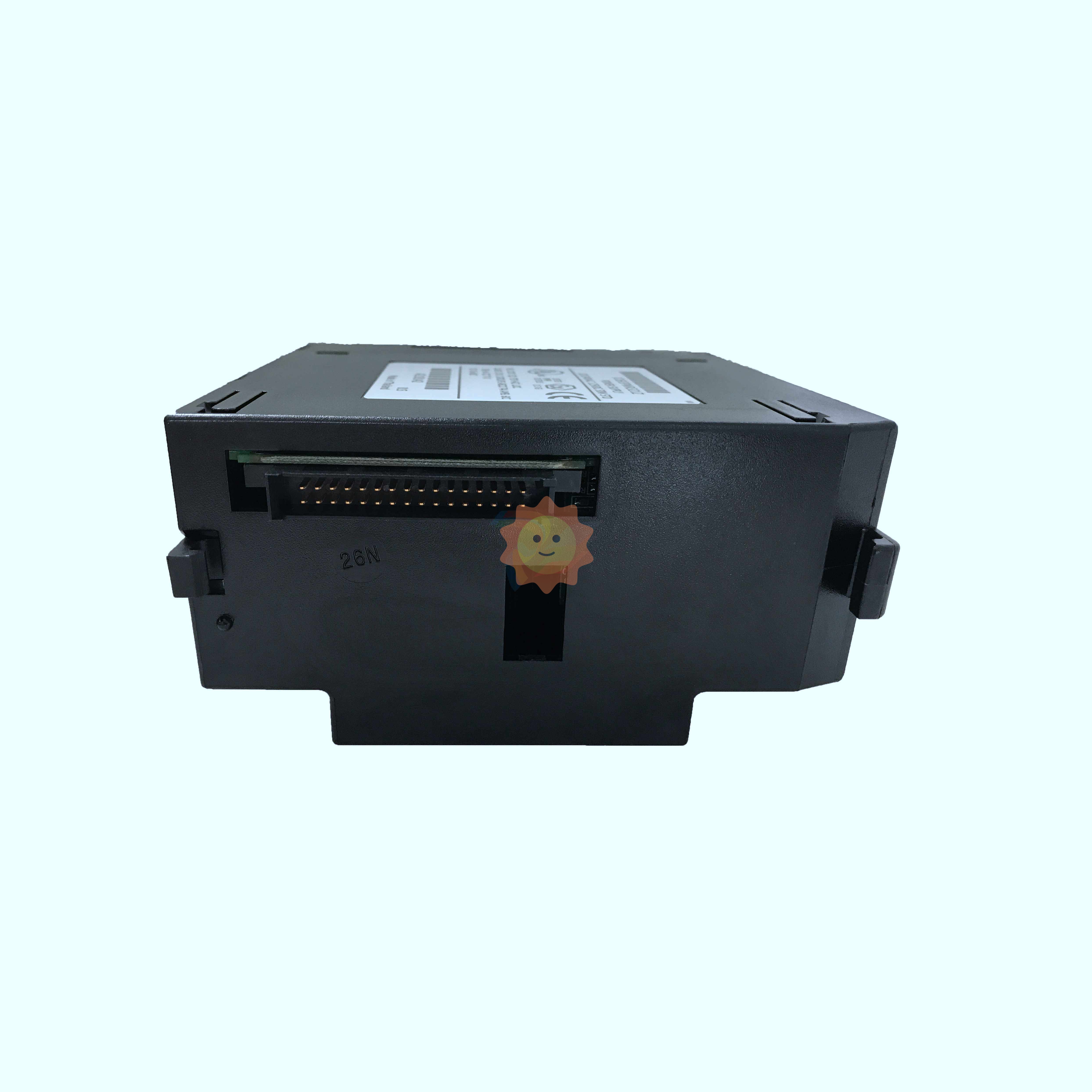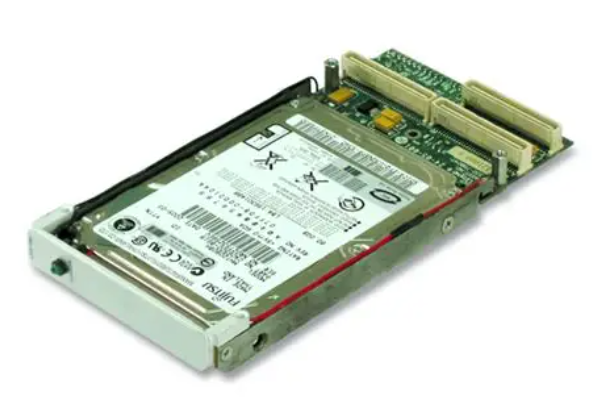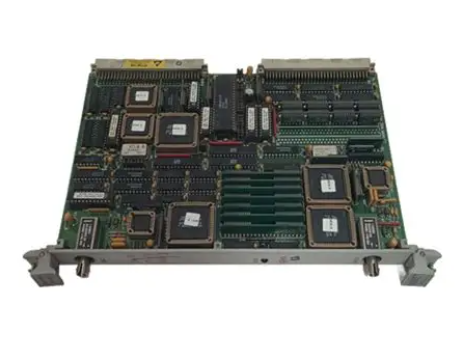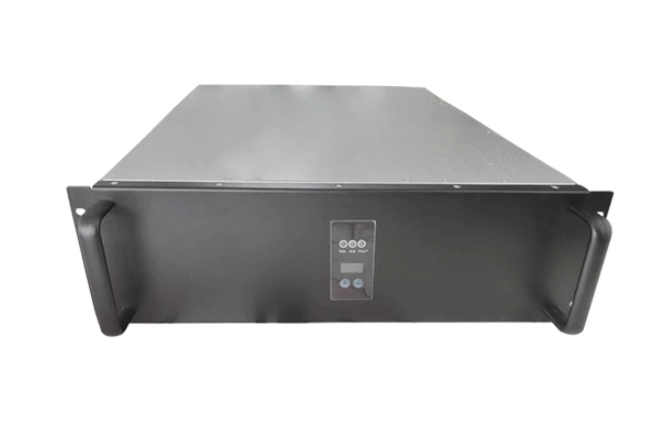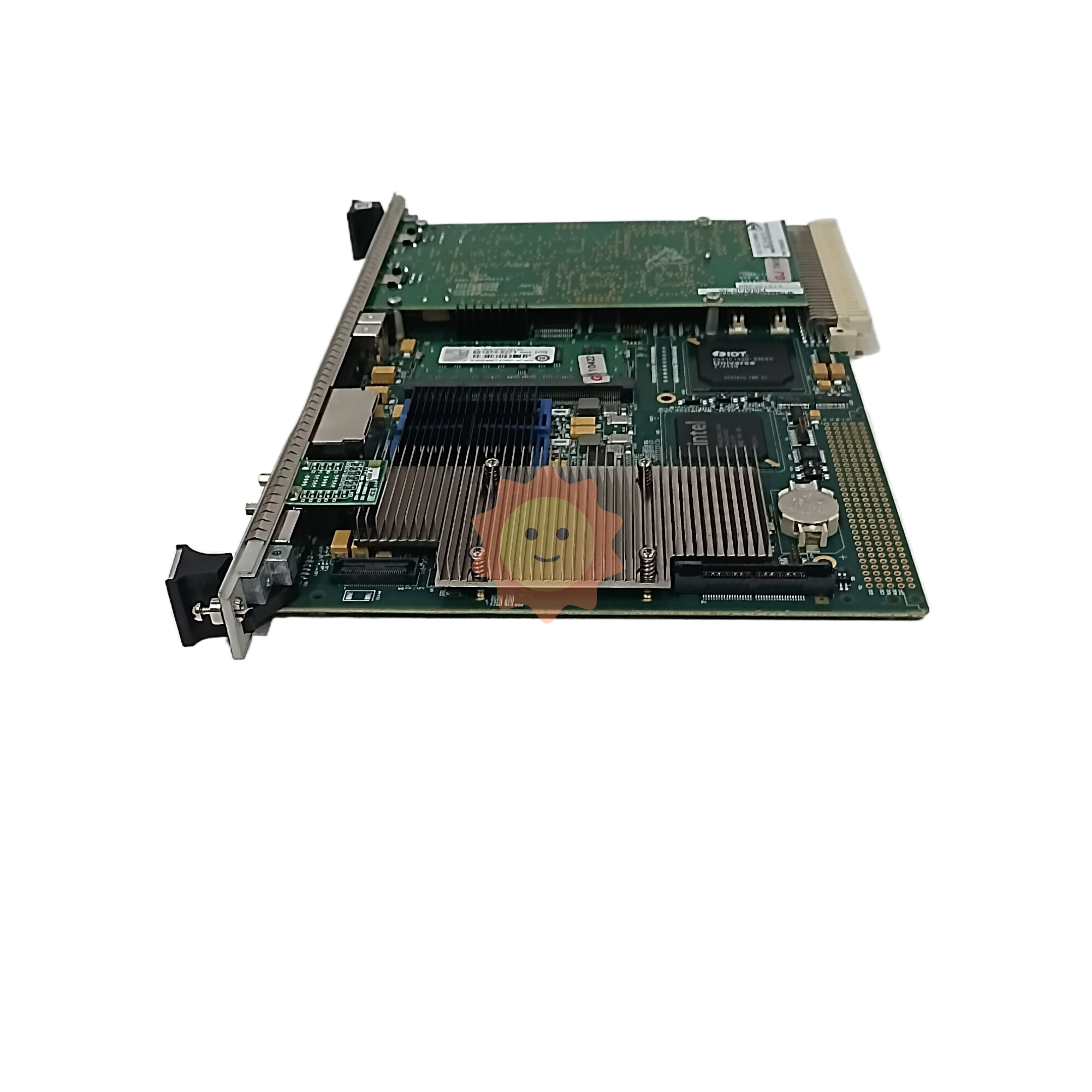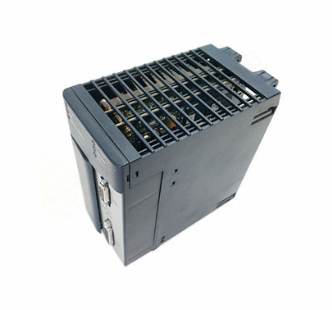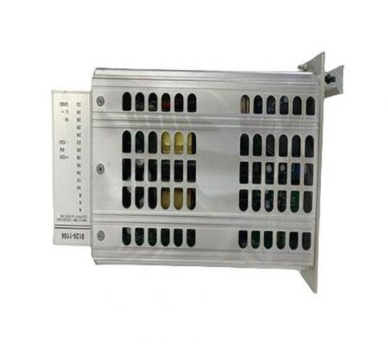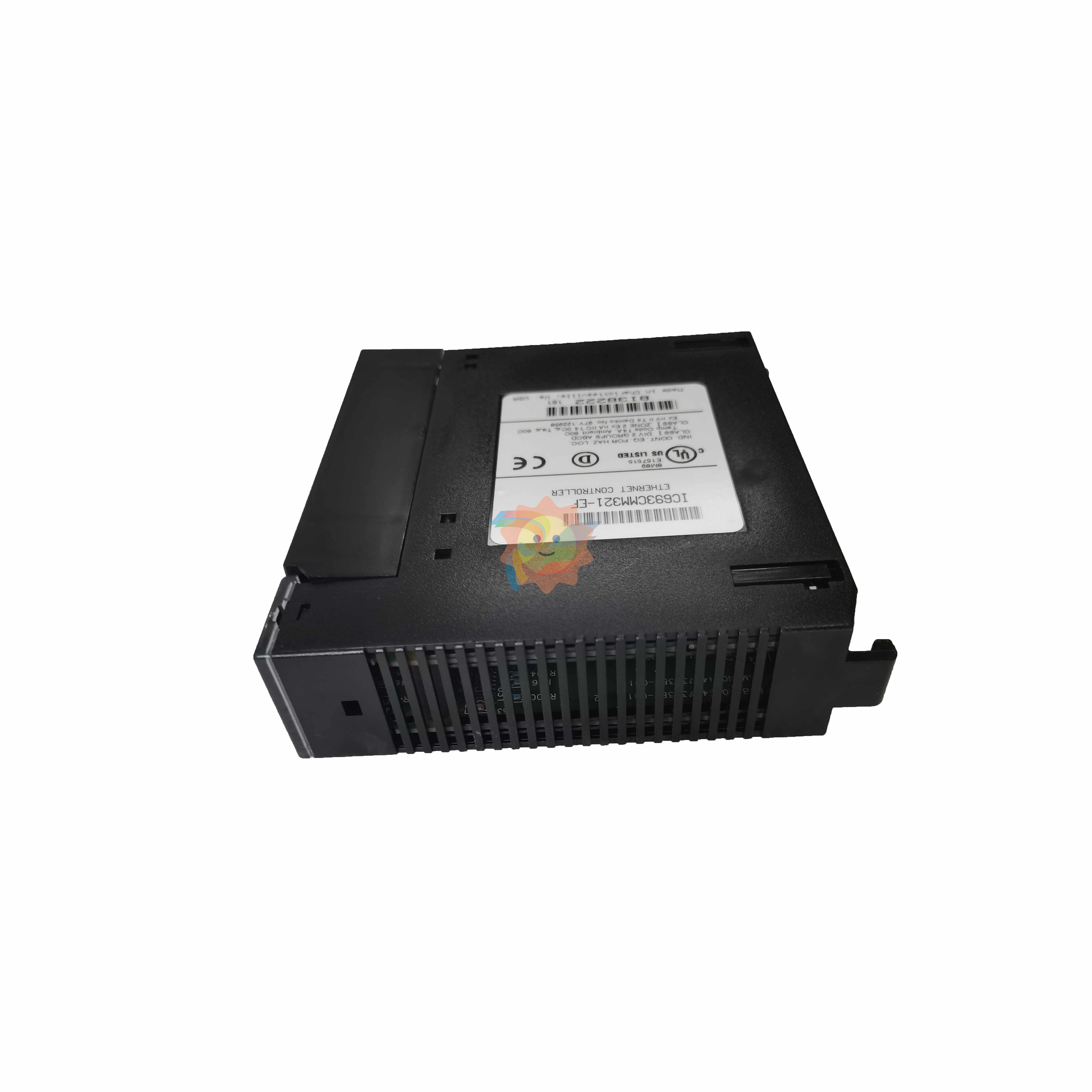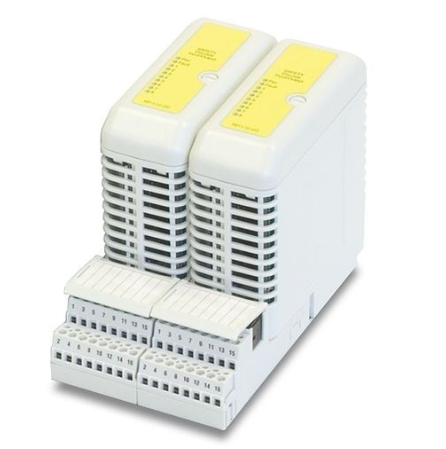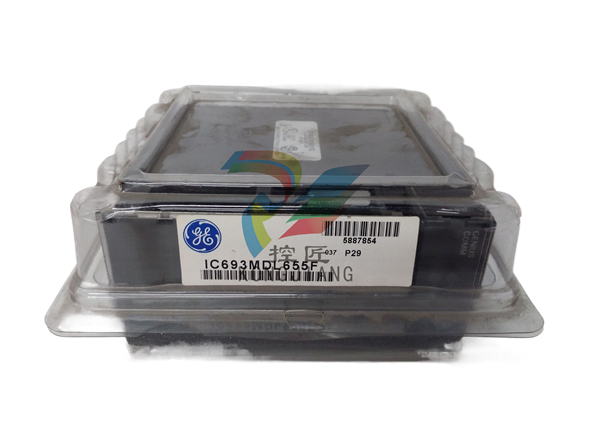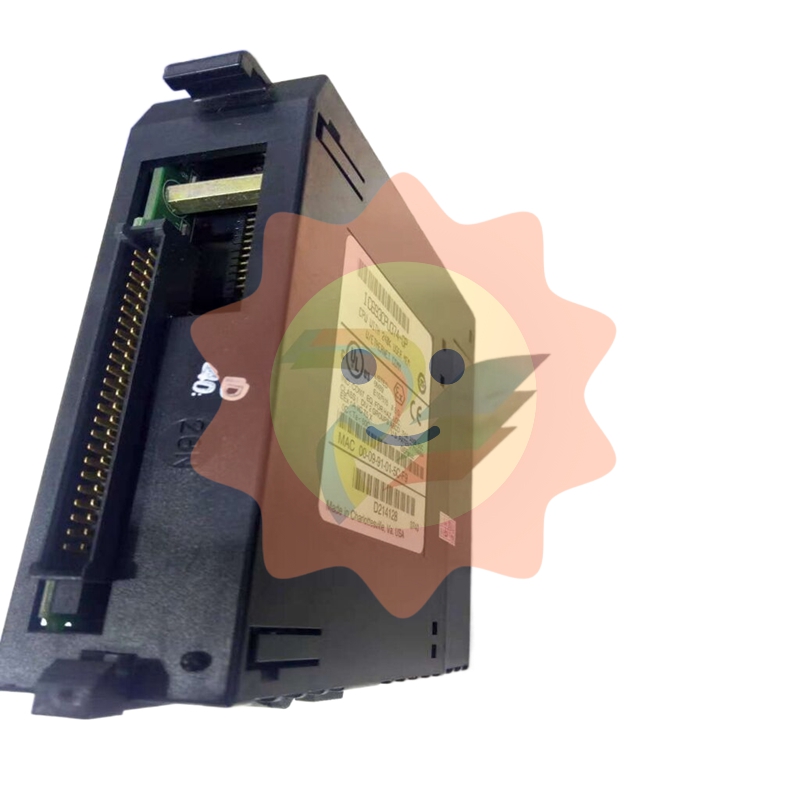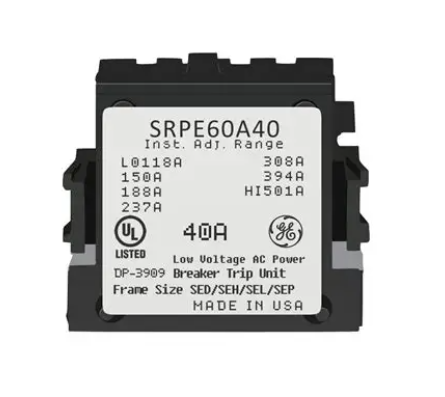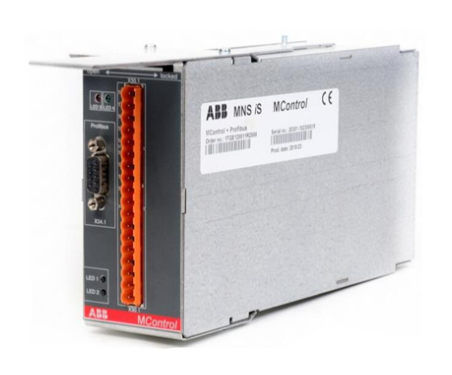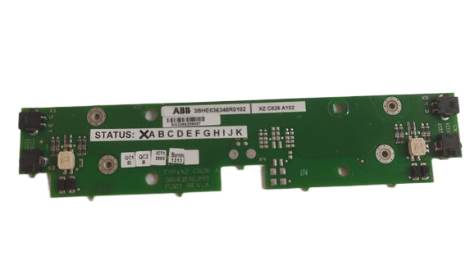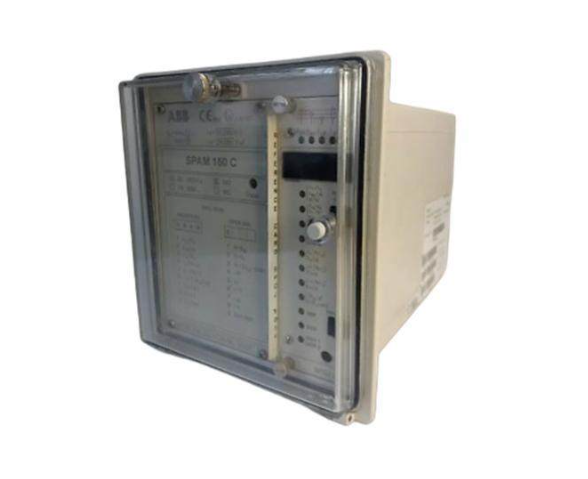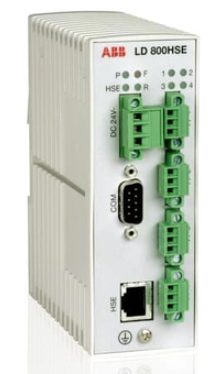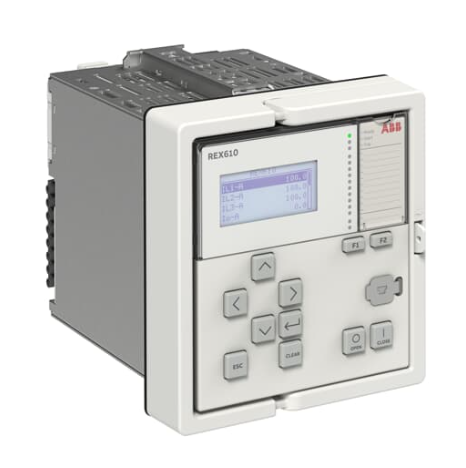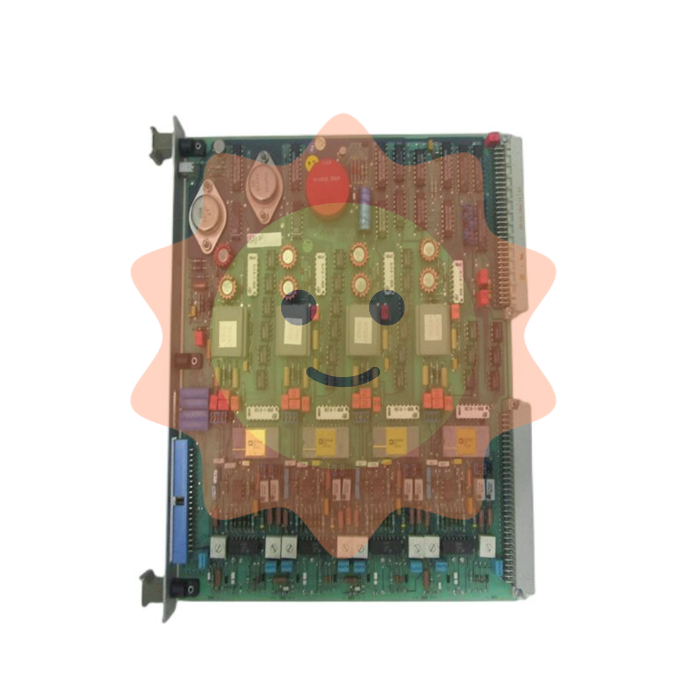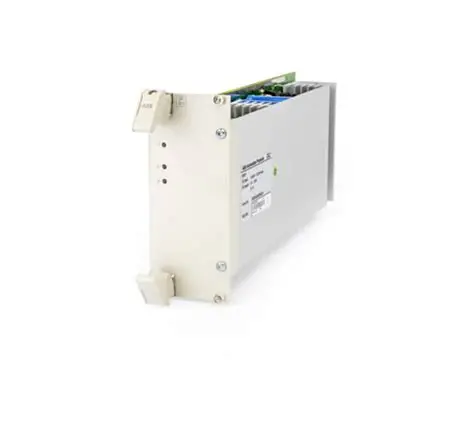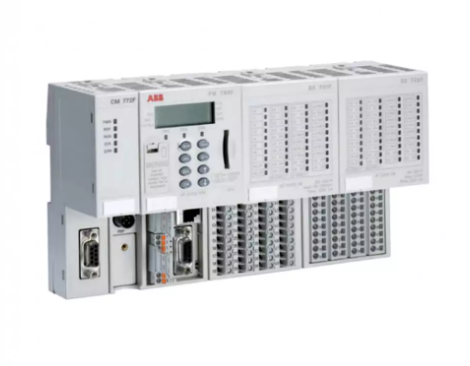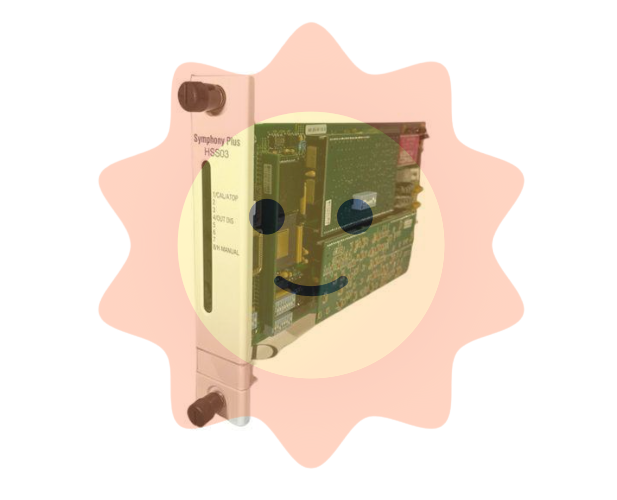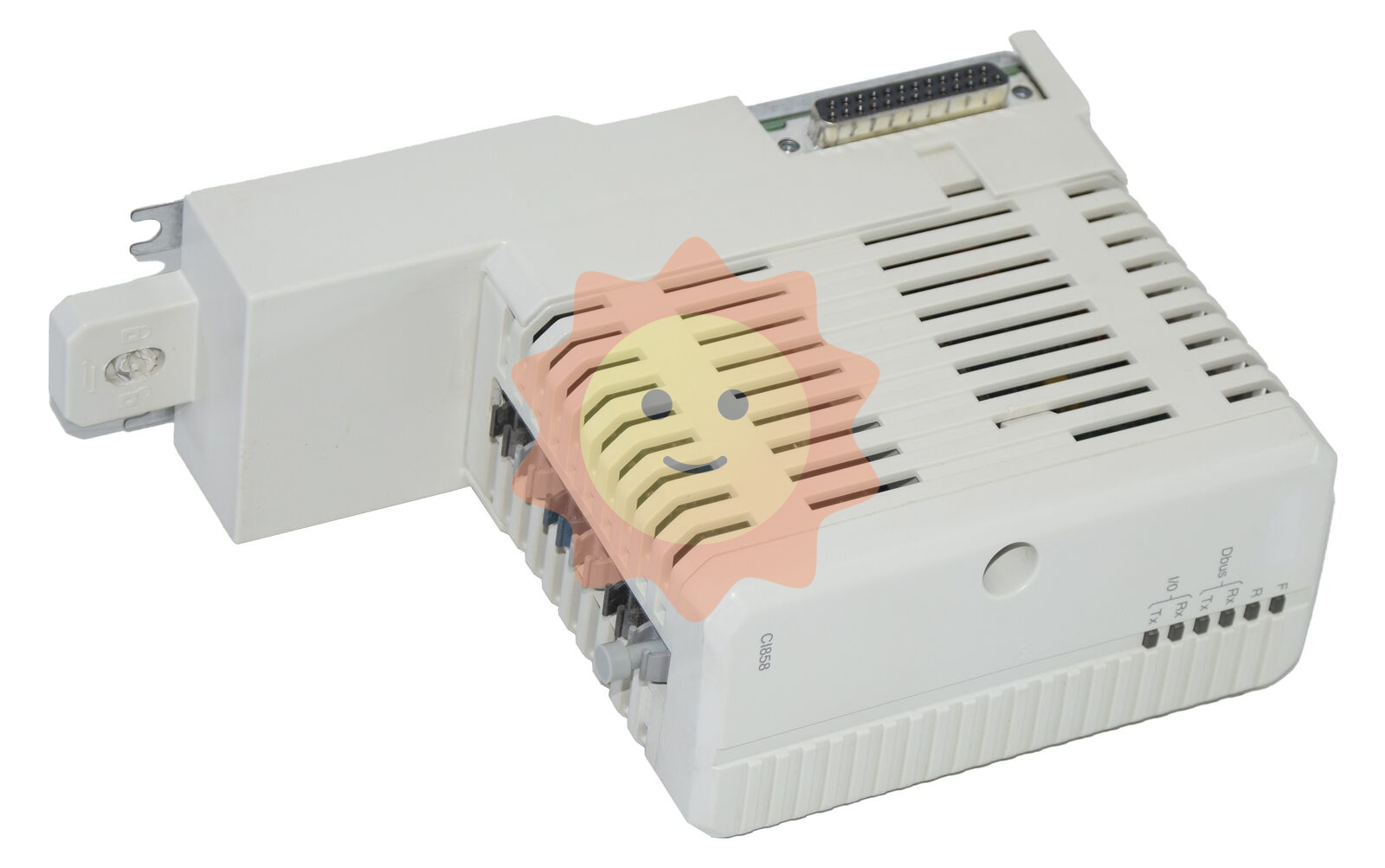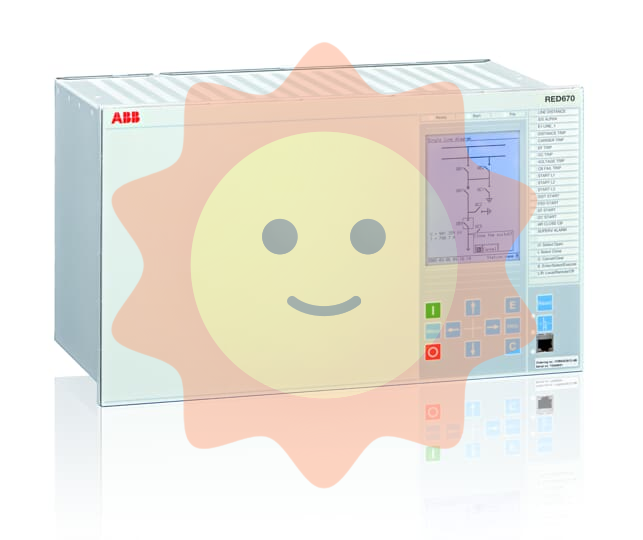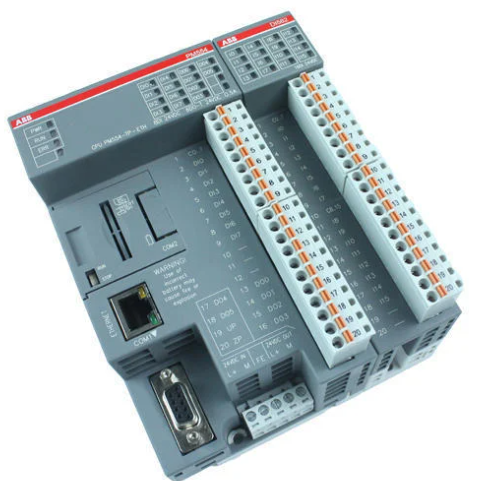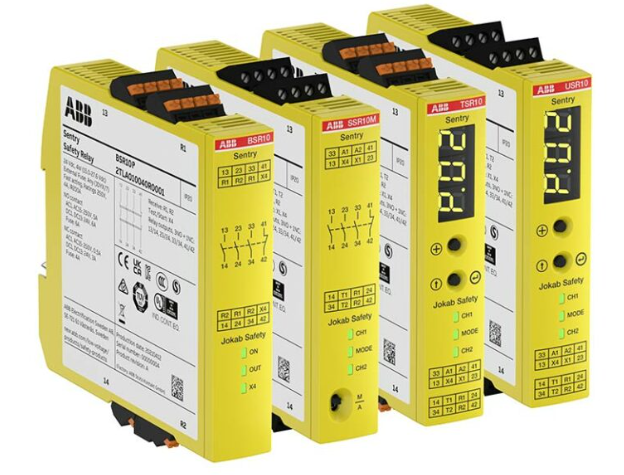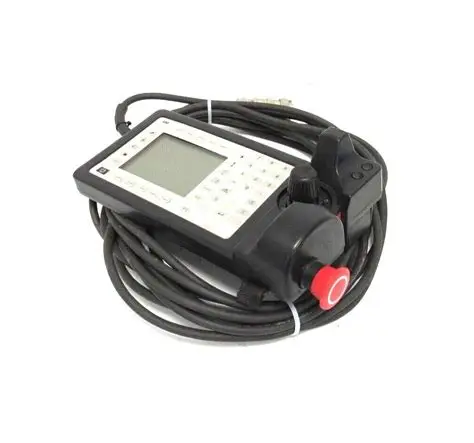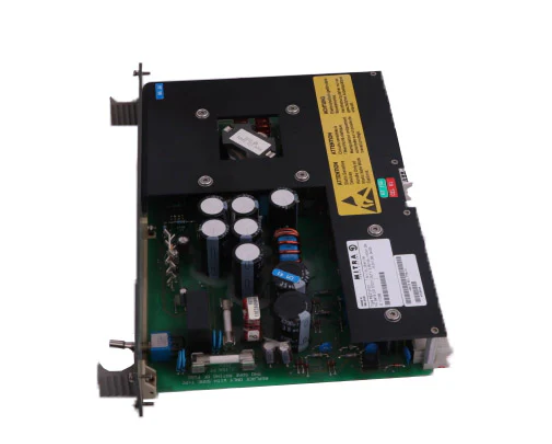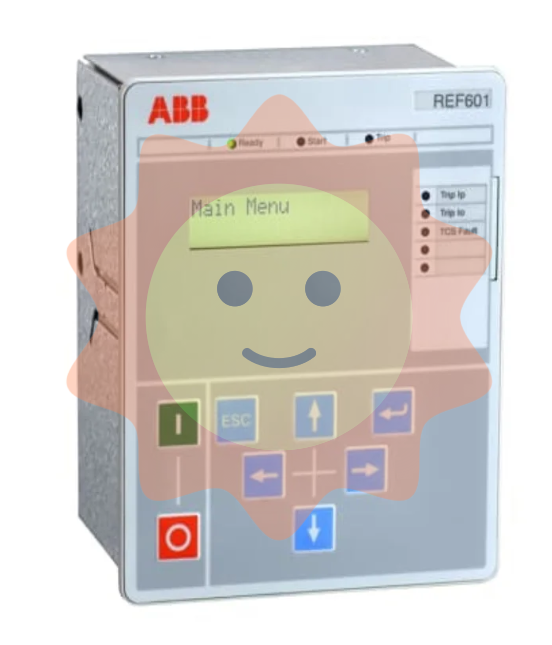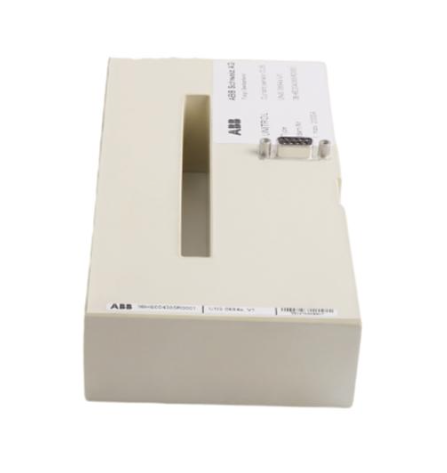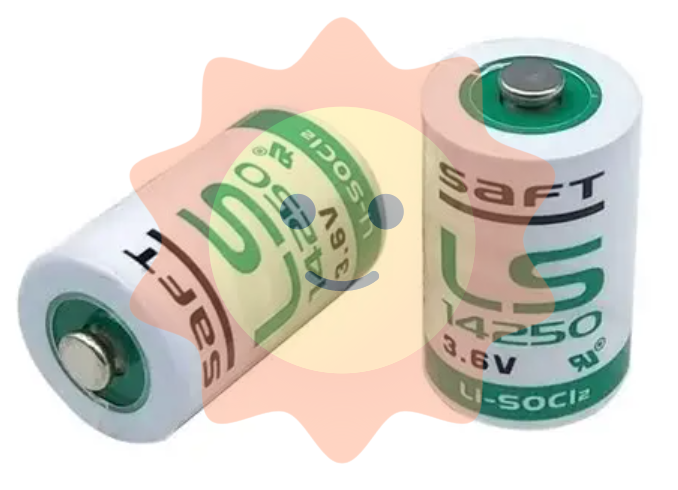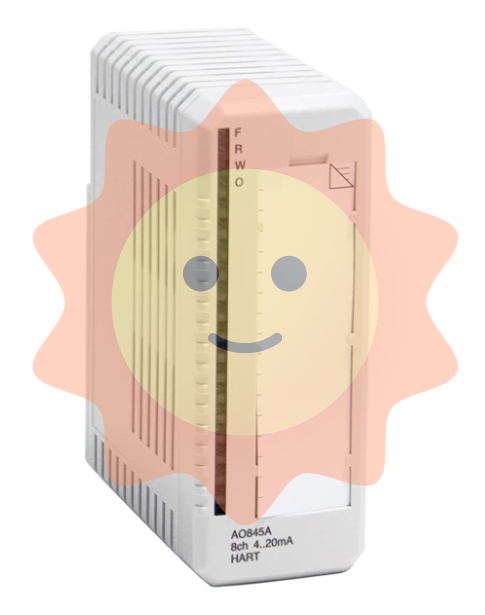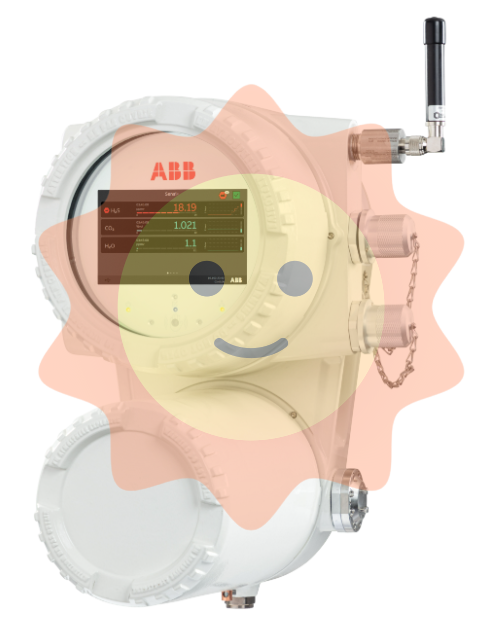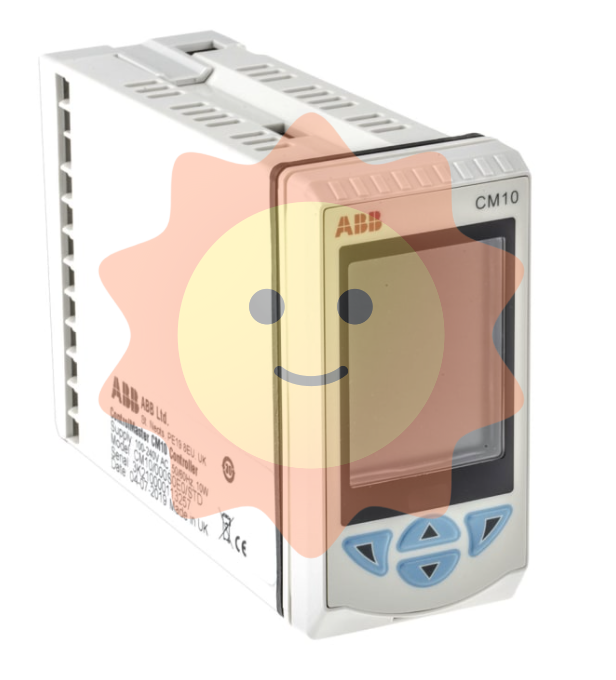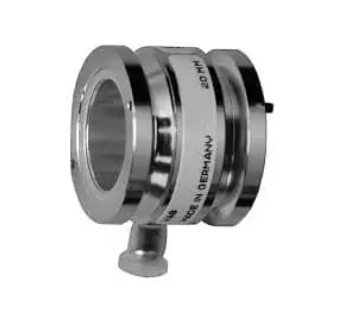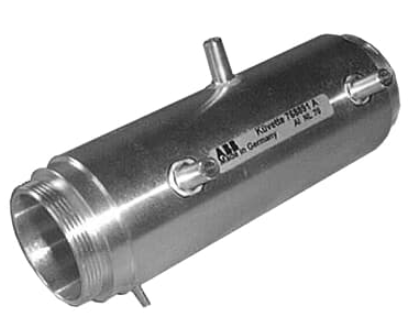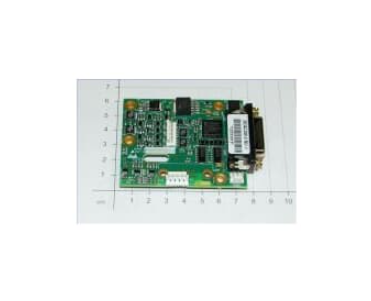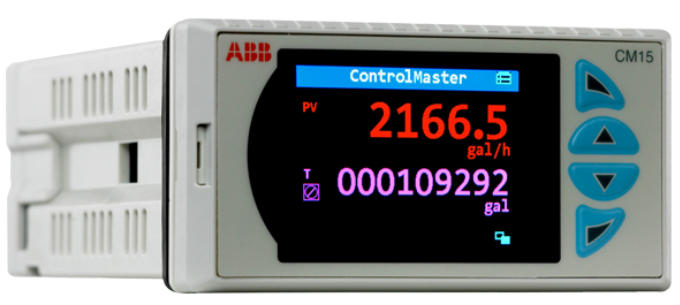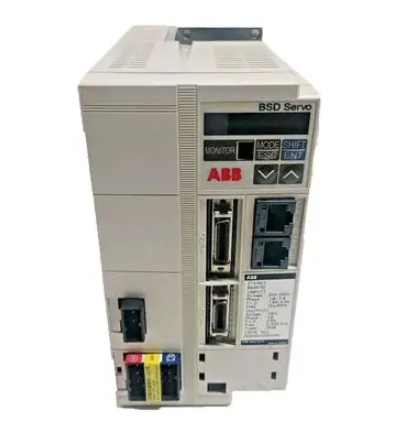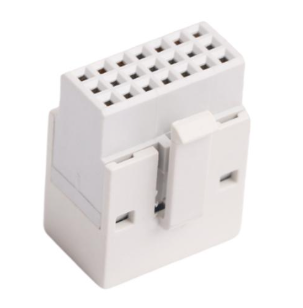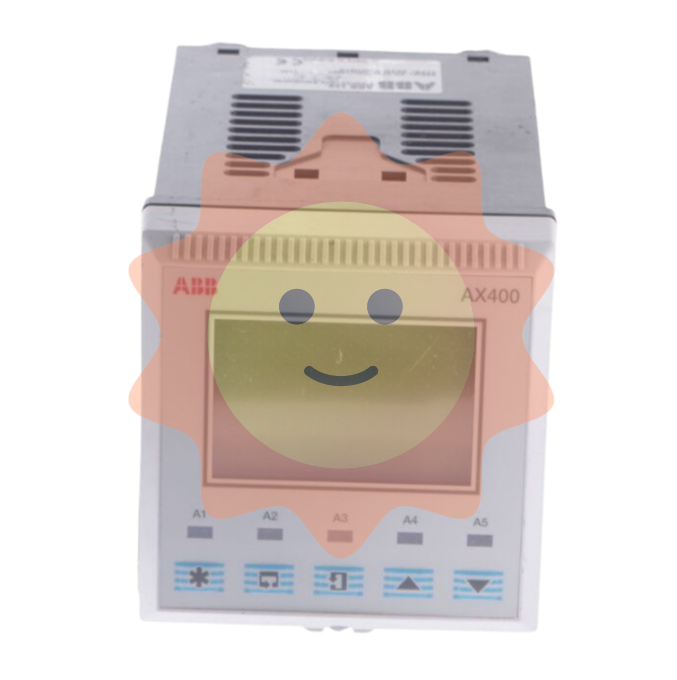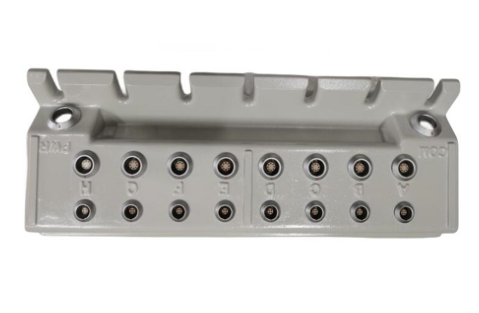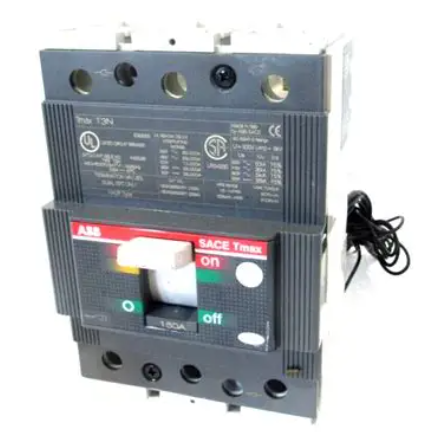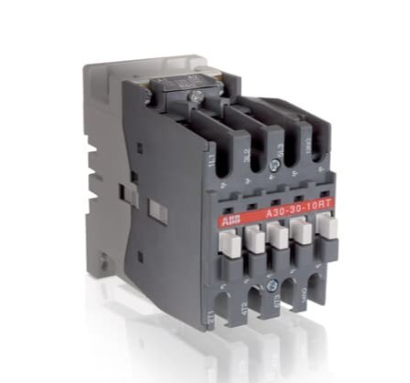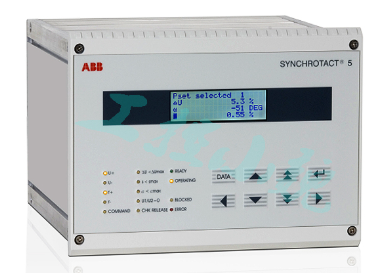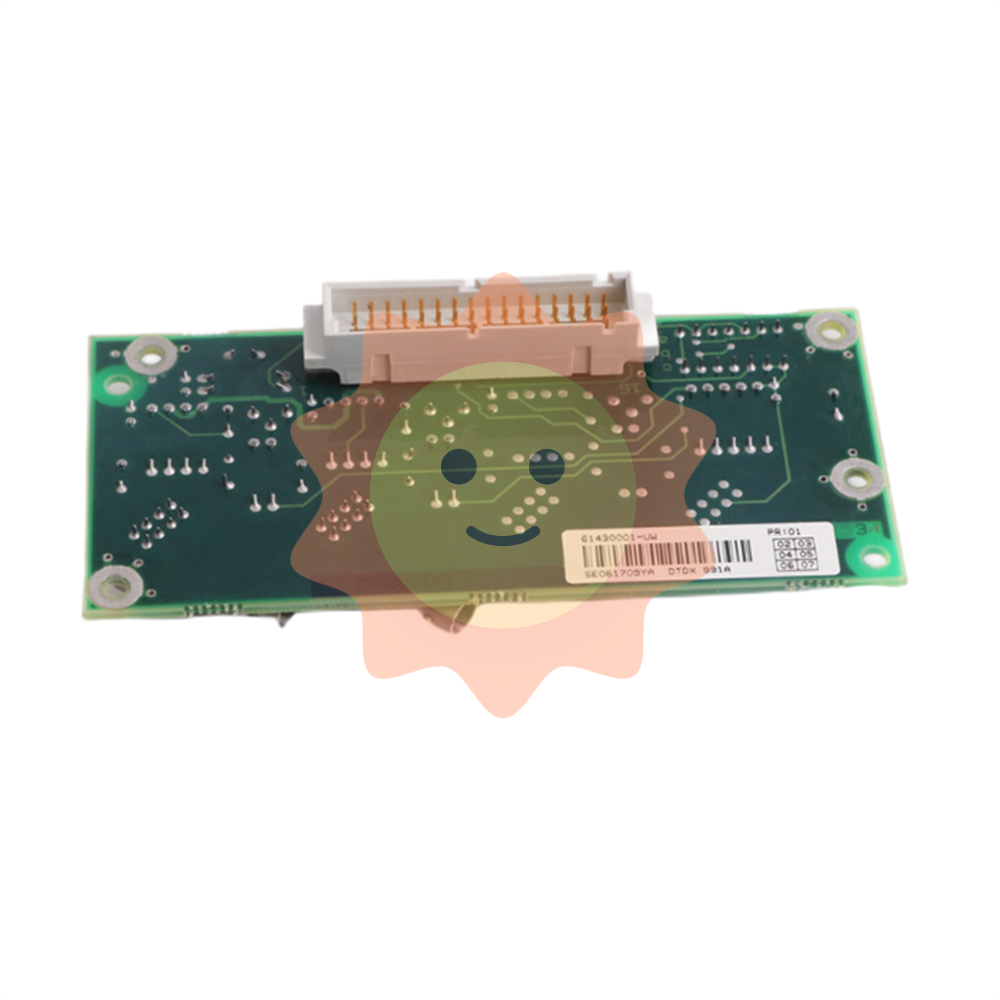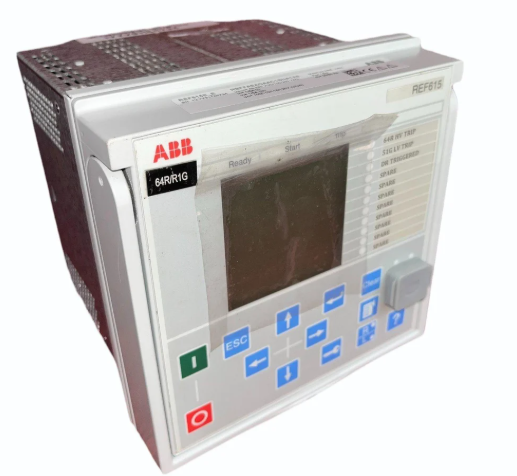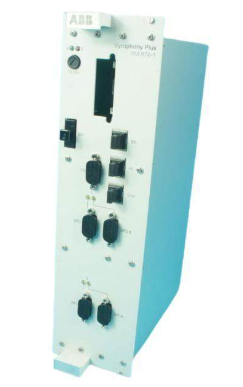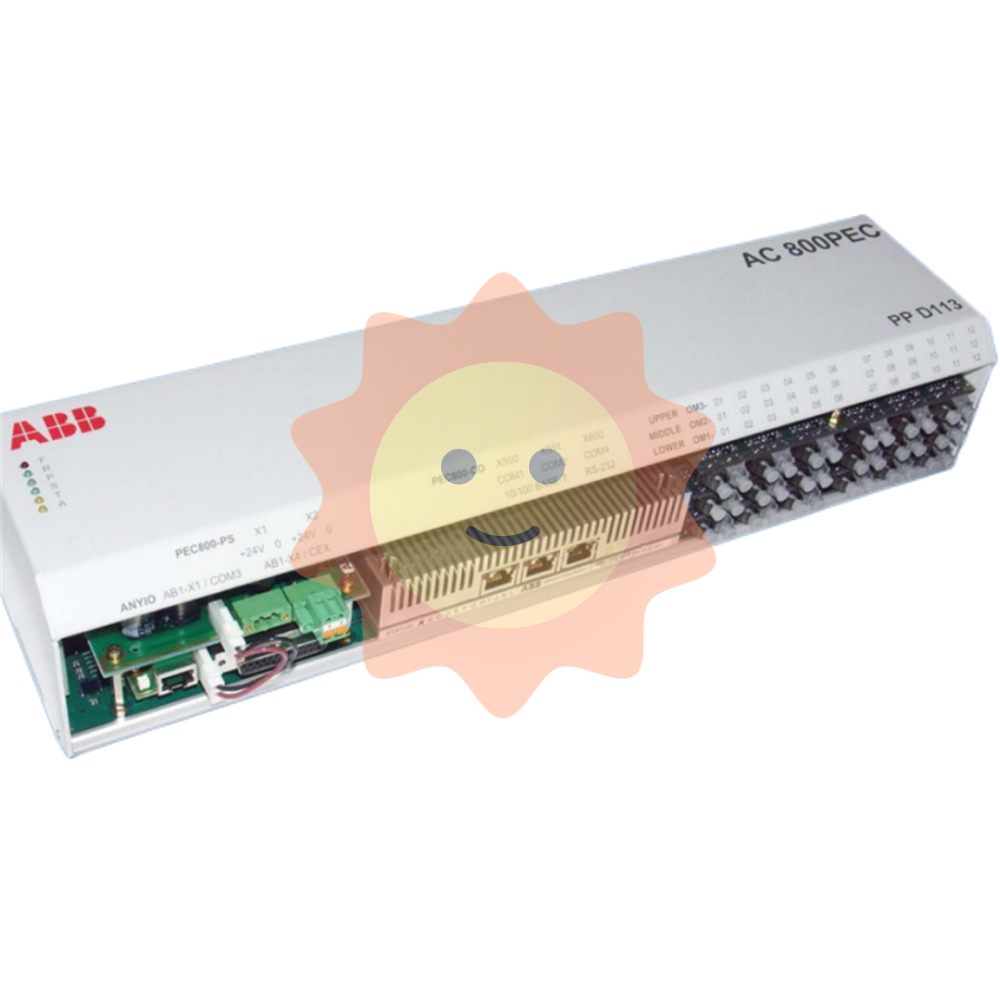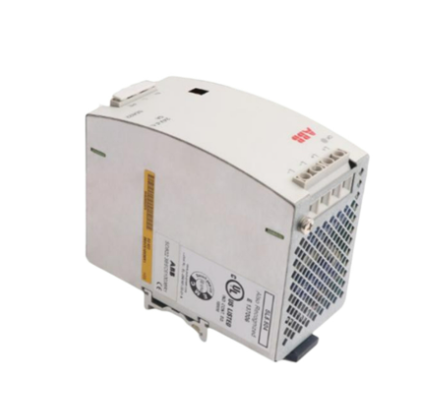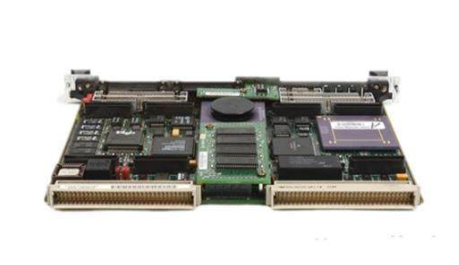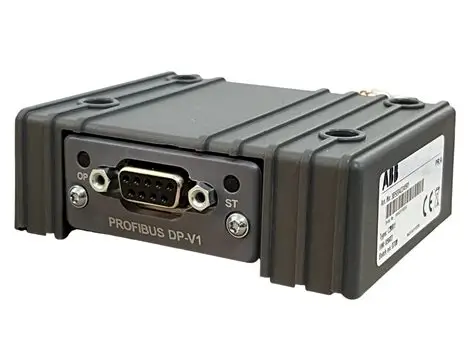Solar photovoltaic system
Systematic classification
Solar photovoltaic system is divided into off-grid photovoltaic power generation system, grid-connected photovoltaic power generation system and distributed photovoltaic power generation system:
1, off-grid photovoltaic power generation system. It is mainly composed of solar modules, controllers, and batteries. If you want to supply power to AC loads, you also need to configure AC inverters.
2, grid-connected photovoltaic power generation system is the direct current generated by the solar module through the grid-connected inverter converted into alternating current in line with the requirements of the mains power grid, which is directly connected to the public grid. Grid-connected power generation system has a centralized large-scale grid-connected power station is generally a national power station, the main feature is that the power generation can be directly transmitted to the grid, by the grid unified deployment to the user power supply. However, this kind of power station has large investment, long construction period and large land area, and has not been developed much. The distributed small grid-connected power generation system, especially the photovoltaic building integrated power generation system, is the mainstream of grid-connected power generation due to the advantages of small investment, fast construction, small footprint, and large policy support.

3, distributed photovoltaic power generation system, also known as distributed power generation or distributed energy supply, refers to the user site or near the power site configuration of smaller photovoltaic power generation power supply system to meet the needs of specific users, support the economic operation of the existing distribution network, or meet the requirements of both aspects.
The basic equipment of distributed photovoltaic power generation system includes photovoltaic cell modules, photovoltaic array bracket, DC busbar, DC distribution cabinet, grid-connected inverter, AC distribution cabinet and other equipment, in addition to power supply system monitoring device and environmental monitoring device. Its operation mode is that under the condition of solar radiation, the solar module array of the photovoltaic power generation system converts the output of solar energy, and sends it into the DC distribution cabinet through the DC busbar, and the grid-connected inverter converts it into AC power to supply the building's own load, and the excess or insufficient power is adjusted by connecting to the grid.
System composition
Solar panel
Solar panels are the core part of the solar photovoltaic system, the role of solar panels is to convert the sun's light energy into electrical energy, and the output direct current is stored in the battery. Solar panels are one of the most important components in solar photovoltaic systems, and their conversion rate and service life are important factors in determining whether solar cells have useful value. Module design: According to the requirements of the International Electrotechnical Commission IEC: 61215:2015 standard design, using 36 or 72 polycrystalline silicon solar cells in series to form 12V and 24V various types of modules. The module can be used in various household photovoltaic systems, independent photovoltaic power stations and grid-connected photovoltaic power stations.
Raw material characteristics: Cell: The use of high efficiency (16.5% or more) of monocrystalline silicon solar sheet package, to ensure that the solar panel power generation is sufficient. Glass: The use of low-iron tempered velvet glass (also known as white glass), the thickness of 3.2mm, in the spectral response of the solar cell wavelength range (320-1100nm) transmittance of more than 91%, for infrared light greater than 1200 nm has a high reflectivity. At the same time, the glass can withstand the ultraviolet radiation of the sun, and the transmittance does not decrease. EVA: A high-quality EVA film with a thickness of 0.78mm and anti-ultraviolet agent, antioxidant and curing agent is used as a sealant for solar cells and a connection agent between glass and TPT. It has high transmittance and anti-aging ability. TPT: The back cover of the solar cell - fluorine plastic film is white, which reflects sunlight, so the efficiency of the component is slightly improved, and because of its high infrared emissivity, it can also reduce the operating temperature of the component, which is also conducive to improving the efficiency of the component. Of course, this fluorine plastic film first has the basic requirements of aging resistance, corrosion resistance, and air permeability required by solar cell packaging materials. Frame: The aluminum alloy frame used has high strength and strong resistance to mechanical impact. It is also the most valuable part of the solar photovoltaic system. Its role is to convert the radiation capacity of the sun into electrical energy, or sent to the battery for storage, or to promote the load work.
controller
The solar controller is composed of a dedicated processor CPU, electronic components, displays, switching power tubes and so on.
Main features:

1, the use of single chip microcomputer and special software, to achieve intelligent control;
2, accurate discharge control using battery discharge rate characteristics correction. The final discharge voltage is a control point modified by the discharge rate curve, which eliminates the inaccuracy of simple voltage control overdischarge, and conforms to the inherent characteristics of the battery, that is, different discharge rates have different final voltages.
3, with overcharge, overdischarge, electronic short circuit, overload protection, unique anti-reverse protection and other automatic control; The above protection does not damage any parts and does not burn insurance;
4, using the series PWM charging main circuit, the voltage loss of the charging circuit is reduced by nearly half compared with the charging circuit using diodes, and the charging efficiency is 3%-6% higher than that of non-PWM, increasing the power consumption time; Overdischarge recovery of the lifting charge, normal direct charge, floating charge automatic control mode to make the system by a longer service life; At the same time with high precision temperature compensation;
5, intuitive LED light tube indicates the current status of the battery, so that users understand the use of the situation;
6. All controls are made of industrial-grade chips (only with I industrial-grade controller), which can operate freely in cold, high temperature and humid environment. At the same time, crystal timing control is used, and timing control is accurate.
7. The potentiometer adjustment control set point is cancelled, and the E-square memory is used to record each work control point, so that the setting is digitized, and the error of the control point is reduced by the vibration deviation and temperature drift of the potentiometer.
8, the use of digital LED display and setting, one-click operation can complete all Settings, the use of extremely convenient and intuitive role is to control the working state of the entire system, and the battery to play the role of over-charge protection, over-discharge protection. In places where the temperature difference is large, the qualified controller should also have the function of temperature compensation. Other additional functions such as light control switch and time control switch should be optional for the controller;
Rechargeable battery
The role of the battery is to store the electricity emitted by the solar panel when there is light, and then release it when needed. Solar battery is the application of "battery" in solar photovoltaic power generation, using lead-acid maintenance-free batteries, ordinary lead-acid batteries, colloidal batteries and alkaline nickel-cadmium batteries. The solar batteries widely used in China are mainly: lead-acid maintenance-free batteries and colloidal batteries, these two types of batteries, because of their inherent "maintenance-free" characteristics and less pollution to the environment, are suitable for reliable solar power systems, especially unattended workstations.
inverter
The direct output of solar energy is generally 12VDC, 24VDC, 48VDC. In order to provide electricity to 220VAC appliances, it is necessary to convert the direct current energy emitted by the solar photovoltaic system into alternating current electricity, so a DC-AC inverter is required.
Solar photovoltaic system
According to the electricity needs of the Shanghai World Expo Zero Carbon Pavilion project, the overall performance of the solar photovoltaic system is customized to optimize the energy saving effect and environmental protection effect. Traditional fuel sources of energy are declining day by day, and at the same time, about 2 billion people around the world do not have a regular energy supply. At this time, people have turned their attention to renewable energy, hoping that renewable energy can change the human energy structure and maintain long-term sustainable development. Among them, solar energy has become the focus of attention for its unique advantages. Abundant solar radiant energy is an inexhaustible, pollution-free and cheap energy source. Solar energy reaches the earth as high as 11.2×1016 KWH per second, if the earth's surface 0.1% of the solar energy into electricity, the conversion rate is 5%, then the annual power generation can reach 5.6×1012 KWH, equivalent to 40 times the world's energy consumption.
A power generation system that uses the photovoltaic effect of solar cells to convert solar radiation directly into electrical energy. Photovoltaic system for short.

Working principle
During the day, under light conditions, the solar cell module generates a certain electromotive force, and forms a solar cell array through the series and parallel of the module, so that the array voltage meets the requirements of the input voltage of the system. Then the battery is charged by the charge and discharge controller, and the electric energy converted from the light energy is stored. At night, the battery pack provides input power to the inverter. Through the function of the inverter, the direct current is converted into alternating current, which is transmitted to the distribution cabinet, and the power is supplied by the switching function of the distribution cabinet. The discharge of the battery pack is controlled by the controller to ensure the normal use of the battery. The photovoltaic power station system should also be limited load protection and lightning protection devices to protect the over-load operation of the system equipment and avoid lightning strikes, and maintain the safe use of the system equipment.
System setting
In order to understand the design of solar photovoltaic system, we must first figure out the principle of solar photovoltaic power generation, its principle is relatively simple - based on the photovoltaic effect of semiconductors, the use of solar cells to directly convert solar energy into direct current energy.
First of all, I will introduce the characteristics of photovoltaic power generation, mainly in the following aspects:
1, mainly composed of electronic components, does not involve mechanical rotating parts, running without noise;
2, no combustion process, power generation process does not need fuel;
3, no waste gas pollution in the power generation process, no waste water discharge;
4, equipment installation and maintenance are very simple, simple maintenance, low maintenance costs, reliable and stable operation, long service life of 25 years;
5, strong adaptability to environmental conditions, can work normally in different environments;
6, able to work normally and stably under long-term unattended conditions;
7, it is easy to expand and expand the scale of power generation according to needs.
Secondly, the photovoltaic power generation system can be divided into the following modes according to the application and type:
1, provide power for no power occasions;
2, small solar electronic products;
3, large-scale photovoltaic power generation system;
4, combined with the building photovoltaic power generation system (BIPV, BAPV).
Photovoltaic system design information collection, mainly including meteorological data collection, location information, related building information collection three aspects.
Meteorological data collection also includes solar radiation, temperature, humidity, wind speed and other aspects.
Solar radiation is divided into solar short-wave radiation (direct radiation SL, scattered radiation Ed, total radiation Eg, short-wave reflected radiation Er), Earth long-wave radiation (atmospheric long-wave radiation EL↓, ground long-wave radiation EL↑).
The conversion formula between them is as follows: Eg↓=SL+Ed↓; SL=S*sinHA=S*cosZ; E*=Eg↓+EL↓‐Er↑‐EL↑.
The temperature has three values: daily average temperature, daily maximum temperature and daily minimum temperature. The temperature has a great impact on the open circuit voltage, output current, output power, and other electrical properties of the photovoltaic module, which is a very important factor in the subsequent design, and also has a great impact on the use environment of the relevant electrical equipment.

Humidity is only a parameter of the daily average relative humidity, but it also has a certain impact, and humidity has an impact on the service life of the photovoltaic bracket and the use of related electrical equipment such as inverters in the photovoltaic system.
Wind speed is divided into three values: daily average wind speed, daily maximum wind speed, and daily maximum wind speed, which have certain destructive effects on photovoltaic equipment, and the greater the wind speed, the stronger the destructive force. This also puts forward higher requirements for the wind safety of the support of the installed photovoltaic modules, as well as the building safety of the installed photovoltaic curtain walls, roofs and other structural parts.
Setting principle
Factors to consider in the design of solar photovoltaic systems:
1, where is the solar photovoltaic system used? What is the solar radiation situation in the area?
2. What is the load power of the system?
3. What is the output voltage of the system, DC or AC?
4. How many hours does the system need to work per day?
5. In case of rainy weather without sunlight, how many days does the system need continuous power supply?
6, the load situation, pure resistive, capacitive or inductive, how much starting current?
7, the number of system requirements.
System characteristics
advantage
1, solar energy is inexhaustible, and the solar radiation received by the earth's surface can meet the global energy demand 10,000 times. As long as four percent of the world's deserts are installed with solar photovoltaic systems, the electricity generated can meet the needs of the world. Solar power is safe and reliable, and will not suffer from energy crises or fuel market instability;
2, solar energy can be anywhere, can be nearby power supply, do not have to long-distance transmission, to avoid the loss of long-distance transmission lines;
3, solar energy does not use fuel, the operating cost is very low;
4, solar power has no moving parts, not easy to use damage, simple maintenance, especially suitable for unattended use;
5, solar power generation will not produce any waste, no pollution, noise and other public hazards, no adverse impact on the environment, is the ideal clean energy;
6, the solar power generation system construction period is short, convenient and flexible, and can be added or reduced arbitrarily according to the load increase or decrease, to avoid waste.
shortcoming
1, the ground application is intermittent and random, the power generation is related to climate conditions, in the evening or rainy days can not or little power generation;
2, the energy density is low, under standard conditions, the solar radiation intensity received on the ground is 1000W/M^2. When large specifications are used, a large area needs to be occupied;
3, the price is still relatively expensive, 3 to 15 times of conventional power generation, and the initial investment is high.
Application field

First, user solar power supply
(1) Small power supply ranging from 10-100W, used in remote areas without electricity such as plateaus, islands, pastoral areas, border posts and other military and civilian life electricity, such as lighting, television, radio recorders, etc.; (2) 3-5KW household roof grid-connected power generation system; (3) Photovoltaic water pump: solve the problem of deep water well drinking and irrigation in areas without electricity.
Second, the field of transportation
Such as beacon lights, traffic/railway signal lights, traffic warning/sign lights, high-altitude obstacle lights, highway/railway wireless phone booths, unattended road class power supply.
3. Communications/communication field
Solar unattended microwave relay station, optical cable maintenance station, broadcast/communication/paging power system; Rural carrier telephone photovoltaic system, small communication machines, soldiers GPS power supply.
4. Petroleum, Marine and meteorological fields
Oil pipeline and reservoir gate cathodic protection solar power system, oil drilling platform living and emergency power supply, ocean detection equipment, meteorological/hydrological observation equipment
Please wait.
Five, home lighting power supply
Such as garden lights, street lights, hand lights, camping lights, mountaineering lights, fishing lights, black lights, rubber cutting lights, energy-saving lamps and so on.
6. Photovoltaic power station
10KW-50MW independent photovoltaic power station, wind (firewood) complementary power station, various large parking plant charging stations.
7. Solar energy building
The combination of solar power generation and building materials, so that the future of large buildings to achieve self-sufficiency in electricity, is a major future development direction.
8. Other areas include
(1) With the car: solar car/electric car, battery charging equipment, car air conditioning, ventilation fan, cold drink box, etc.; (2) Solar hydrogen and fuel cell regenerative power generation system; (3) Power supply of seawater desalination equipment; (4) Satellites, spacecraft, space solar power plants, etc.
- EMERSON
- Honeywell
- CTI
- Rolls-Royce
- General Electric
- Woodward
- Yaskawa
- xYCOM
- Motorola
- Siemens
- Rockwell
- ABB
- B&R
- HIMA
- Construction site
- electricity
- Automobile market
- PLC
- DCS
- Motor drivers
- VSD
- Implications
- cement
- CO2
- CEM
- methane
- Artificial intelligence
- Titanic
- Solar energy
- Hydrogen fuel cell
- Hydrogen and fuel cells
- Hydrogen and oxygen fuel cells
- tyre
- Chemical fiber
- dynamo
- corpuscle
- Pulp and paper
- printing
- fossil
- FANUC
- Food and beverage
- Life science
- Sewage treatment
- Personal care
- electricity
- boats
- infrastructure
- Automobile industry
- metallurgy
- Nuclear power generation
- Geothermal power generation
- Water and wastewater
- Infrastructure construction
- Mine hazard
- steel
- papermaking
- Natural gas industry
- Infrastructure construction
- Power and energy
- Rubber and plastic
- Renewable energy
- pharmacy
- mining
- Plastic industry
- Schneider
- Kongsberg
- NI
- Wind energy
- International petroleum
- International new energy network
- gas
- WATLOW
- ProSoft
- SEW
- wind
- ADVANCED
- Reliance
- YOKOGAWA
- TRICONEX
- FOXBORO
- METSO
- MAN
- Advantest
- ADVANCED
- ALSTOM
- Control Wave
- AB
- AMAT
- STUDER
- KONGSBERG
- MOTOROLA
- DANAHER MOTION
- Bently
- Galil
- EATON
- MOLEX
- Triconex
- DEIF
- B&W
- ZYGO
- Aerotech
- DANFOSS
- KOLLMORGEN
- Beijer
- Endress+Hauser
- MOOG
- KB
- Moxa
- Rexroth
- YAMAHA
- Johnson
- Westinghouse
- WAGO
- TOSHIBA
- TEKTRONIX


Email:wang@kongjiangauto.com



